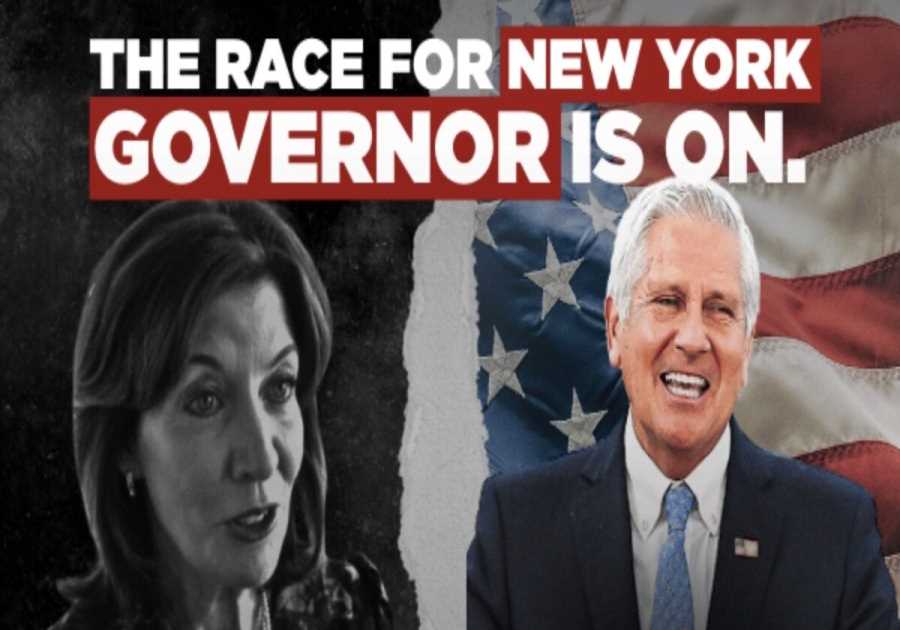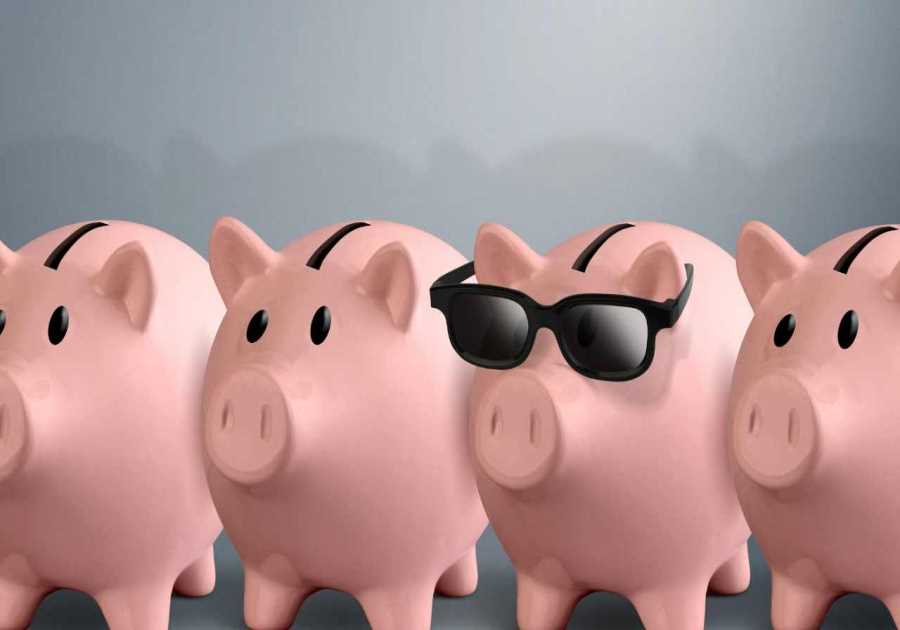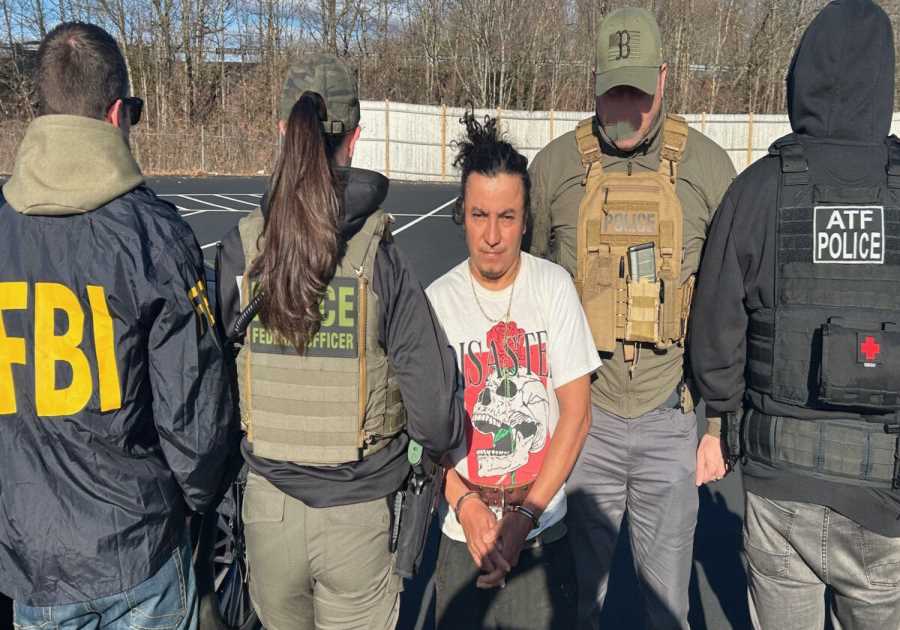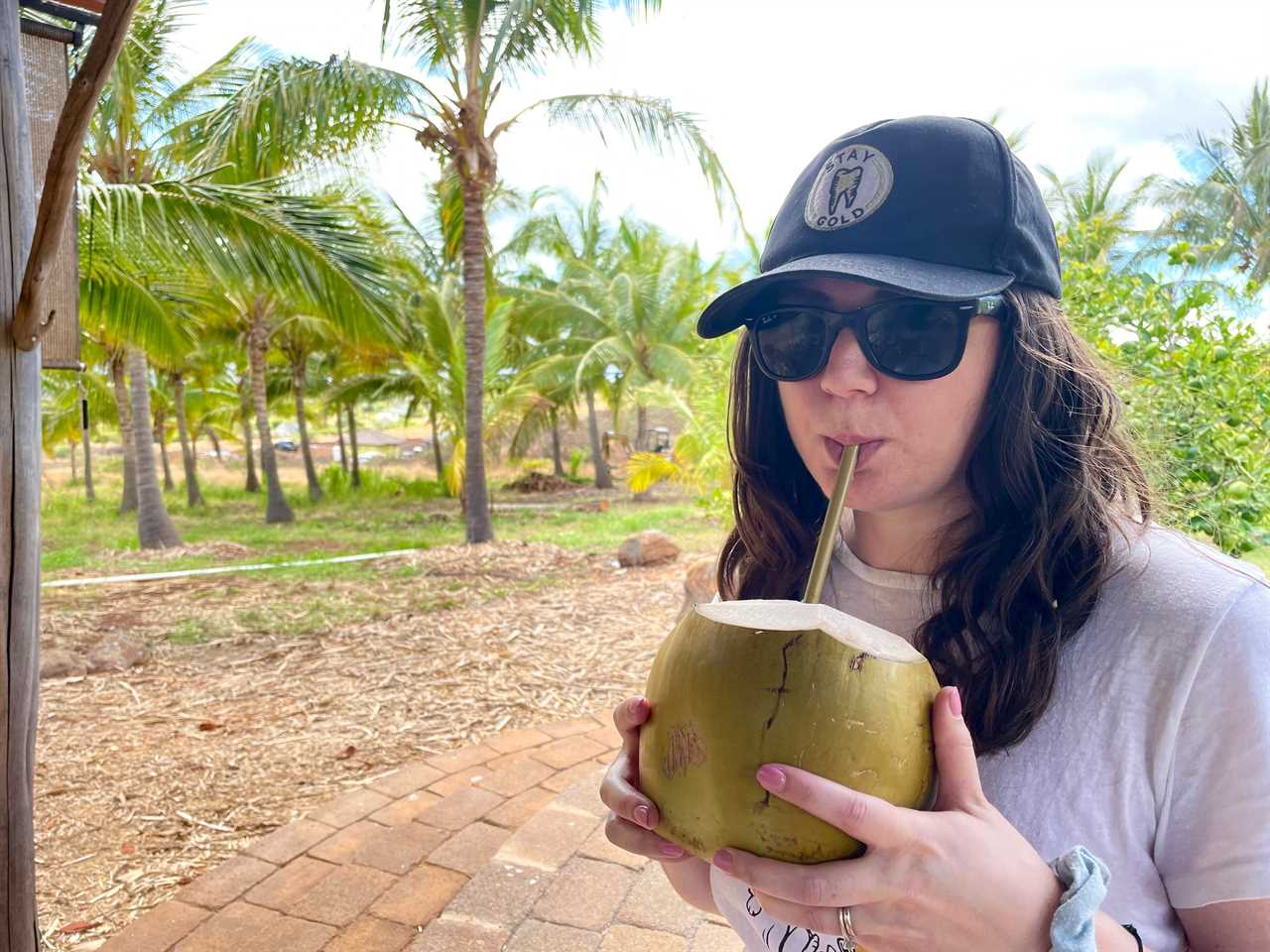
Jesse Collier
- Jesse Collier spent nearly $6,000 on a 10-day vacation for two.
- She says she could've saved money by traveling in the off-season, and preparing some meals herself.
- Collier also recommends taking public transit and enjoying street food.
The year was 2021. It was our first trip since 2019, and my husband and I decided on a tropical getaway to Maui, Hawaii. After various shutdowns, stay-at-home orders, and quarantine mandates, Hawaii launched their Safe Travels program, where vaccinated people could visit without needing to quarantine.
I consider myself a budget traveler, in fact, I created a brand around traveling without breaking the bank. Nearly every vacation consisted of finding good deals, a few strategic travel hacks, and off-season timing.
This time, I ended up spending nearly $6,000 on a ten-day vacation for two… more expensive than my 3-week, 4-country European honeymoon, and easily the most I've ever spent on a vacation. I was so excited to be on vacation again after spending what felt like an eternity at home that I acted careless with money, which was very unlike me.
Here's how I could have saved quite a bit of money on my trip to Hawaii.
1. Travel during the off-season
I went to Maui in the summer, which is a busy and expensive time. Off-season travel (also known as low or shoulder season) often means up to 23% cheaper flights and much better hotel and car rental prices.
You'll also notice fewer crowds at the beach, which is a welcomed bonus. The kicker is that peak season is most of the year in Hawaii: tourists flock to Hawaii from December to March to escape the cold and go whale-watching. June through August are busy because kids are out of school and the weather is the warmest with the least chance of rain.
Spring and autumn are considered low seasons, and likely when you will find the best deals. Fair warning: Hawaii is at its rainiest from October to April, so check the average weather for the weeks you're planning to visit to know what to expect.
2. Pack at least one meal a day
Whenever travelers, especially in big groups, are interested in saving money, I always recommend finding accommodation with a kitchen or kitchenette and preparing some meals.
You could be spending anywhere from $15-25 or more per person dining at a restaurant for every meal. A quick grocery haul at Foodland or the farmer's market can give you the same fresh ingredients in your meals but just prepared at "home." Also, Foodland is known for their delicious — and quite affordable — poke bowls. In my experience, breakfast and lunch are the easiest to throw together and either eat quickly at your hotel, or bring with you to the beach.
By the way, if you're looking for the coveted Maui Gold pineapple, we didn't find it in any grocery stores, so check out local farmer's market for the delectable fruit.
3. DIY a snorkel trip
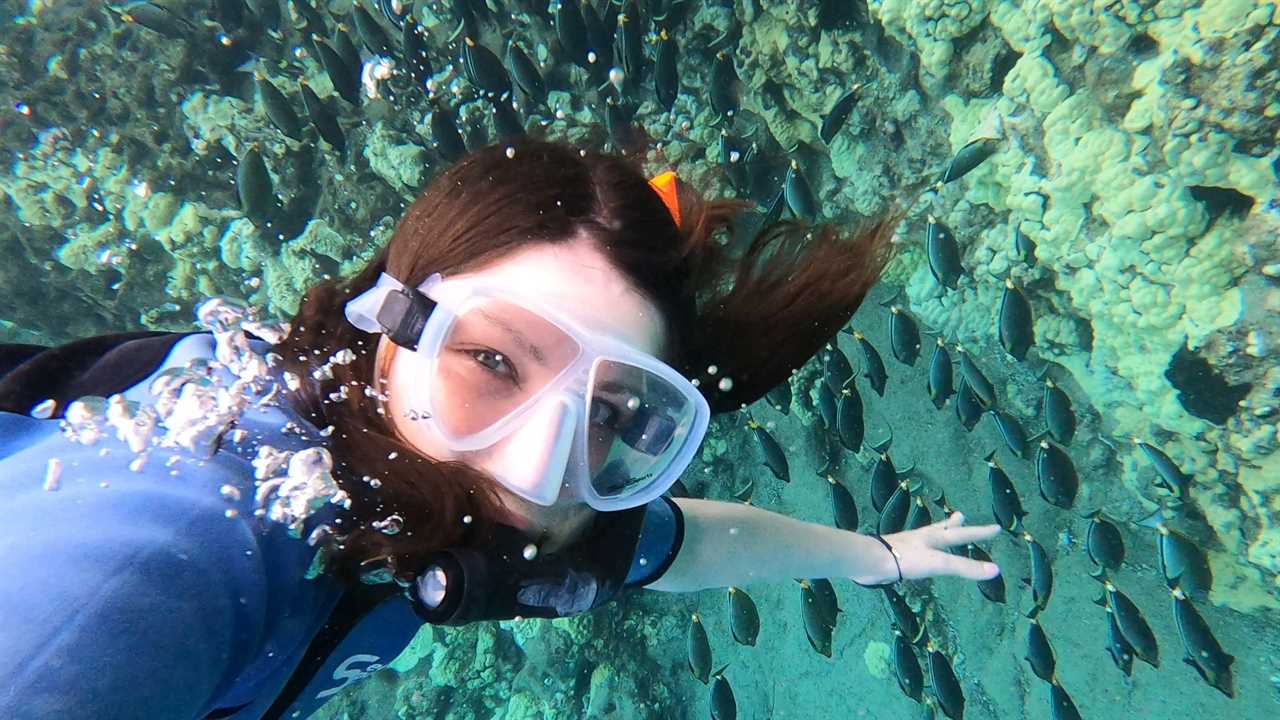
Jesse Collier
To be honest, the Coral Gardens tour was underwhelming: the murky waters didn't do the coral justice (admittedly, I am spoiled from snorkeling in clear Caribbean waters) and it was extremely windy, which sucks when trying to eat lunch on a boat. To add salt to the wound, we didn't see any turtles or much wildlife at all.
Our trip to Molokini was better, but I was excited to see some turtles, and didn't see any on those two trips. We spent a total of $352 for these snorkeling tours, which, when you consider it costs $15 to rent a snorkel kit, was a bitter pill to swallow.
Some tours will take you to what they call "Turtle Town" but I spoke with a local who said Makena Surf, near Wailea, is considered Turtle Town. She also recommended Airport Beach, Honolua Bay, and Kapalua Bay to see some turtles.
Long story short: you don't need a snorkeling tour to see some cool wildlife, just head over to Boss Frog and rent some snorkels. We even got lucky a few times and saw turtles hanging out at the beach!
4. Bring a portable coffee maker
Sure, hotels and rentals often have a coffee machine, but do you really want to drink that coffee?
Besides the fact that those machines reportedly almost never get cleaned, the coffee is pretty horrendous. Pack a bag of pre-ground specialty beans and an aeropress or drip coffee cup and, as long as you either have a microwave, kettle, or stove to heat up some water, you'll have quality coffee.
My husband runs a coffee shop and was so burnt out, he decided he didn't want to make coffee at all on this trip. And, while I don't blame him, we definitely paid for it, with lattes costing around $6-8 each.
5. Rent a car 15 minutes away from the airport
When visiting Hawaii, food, hotels and airfare aren't the only major expenses: we ended up paying about $976 for a 10-day car rental.
This happened to be when there was an extreme rental car shortage nationwide so I had to take what I could get.
If I were to go back, I would schedule a rental car a 15-minute taxi ride away from the airport, as it is said that pricing is much better the farther you get from the airport. If you want your car waiting for you at the airport, I don't blame you, but you pay a premium for it.
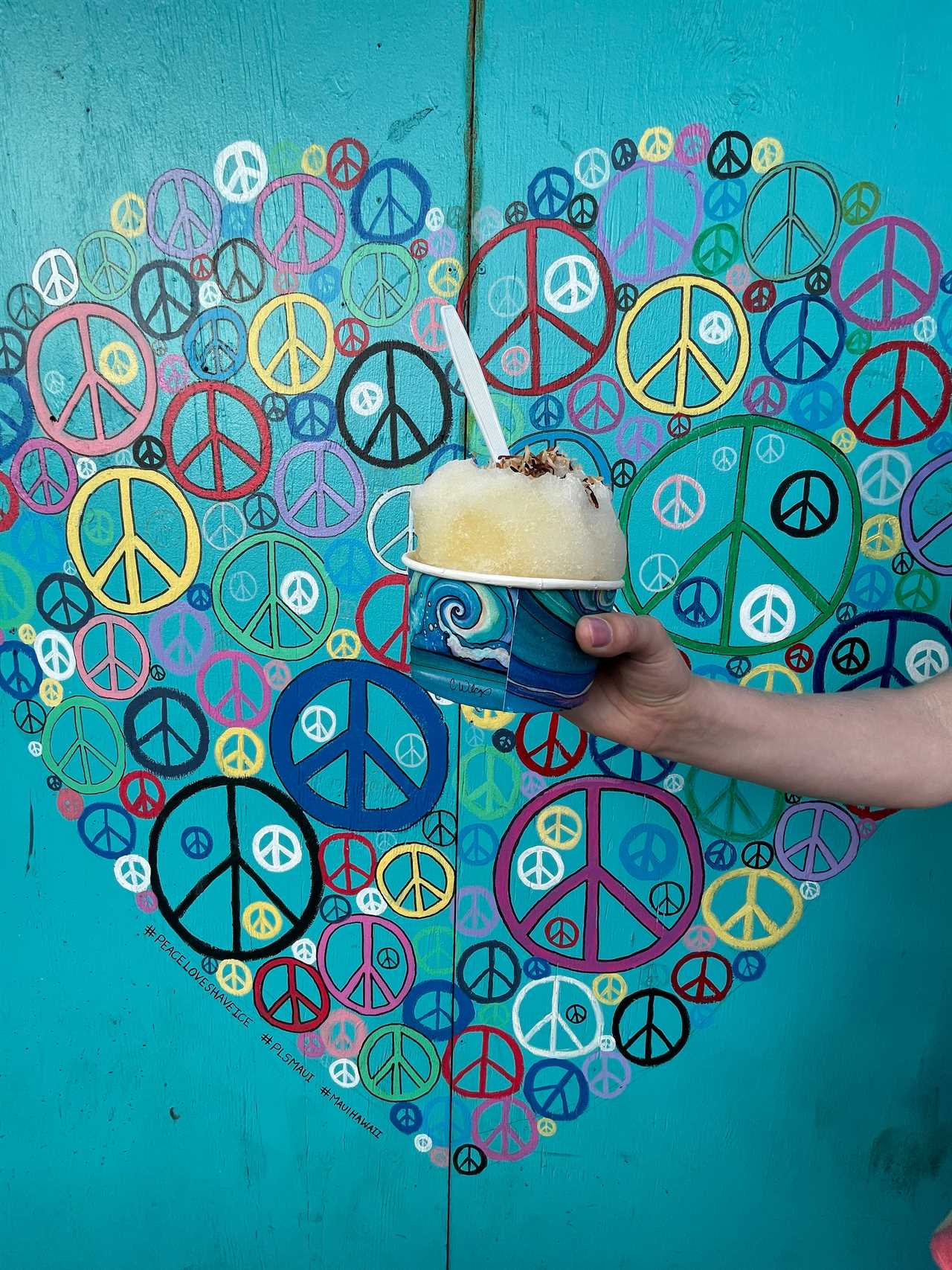
Jesse Collier
6. Opt for more street food
Like many touristy locations, Hawaii has some amazing street food: poke, shave ice, acai bowls, spam musubi, manapua, to name a few. While we did try a few, we definitely would have saved some money if we spent less time in sit-down restaurants and more time devouring street food on a bench, feeling the ocean breeze.
There are plenty of YouTube videos and blogs on the best street food on every Hawaiian island if you'd like a little guidance.
7. Take public transportation instead of renting a car
As you know, car rentals are a pretty penny, but Oahu, Maui, Kauai, and the Big Island have public transportation systems. If taking the bus is a must for your budget, I recommend looking into the transportation lines of each of these areas and seeing if you can easily get to all the places you'd like to visit. If there are a few short distances here and there that the bus won't take you to, calling an Uber or Lyft is always an option. Be sure to budget for the required fares.
Hawaii is an incredible destination for people of all ages, whether you are bunking at a bare-bones hostel or lounging at a luxury resort. It is known to be expensive, and these costs will definitely add up, but implementing these tips will alleviate some of the financial burden. Instead of experiencing a credit card statement jump-scare, you can return from Hawaii relaxed, rested, and, let's be honest, a little sunburnt. Worth it.
Jesse Collier is the creator of The Road Jess Traveled and helps people save, plan, and book their dream vacations.
Read More
By: [email protected] (Jesse Collier)
Title: I was careless and spent way too much on my Maui vacation. Here are 7 ways I could have saved money.
Sourced From: www.businessinsider.com/how-to-save-money-trip-to-maui-2023-7
Published Date: Fri, 14 Jul 2023 09:00:00 +0000
.png)
